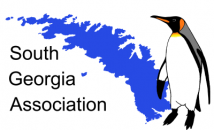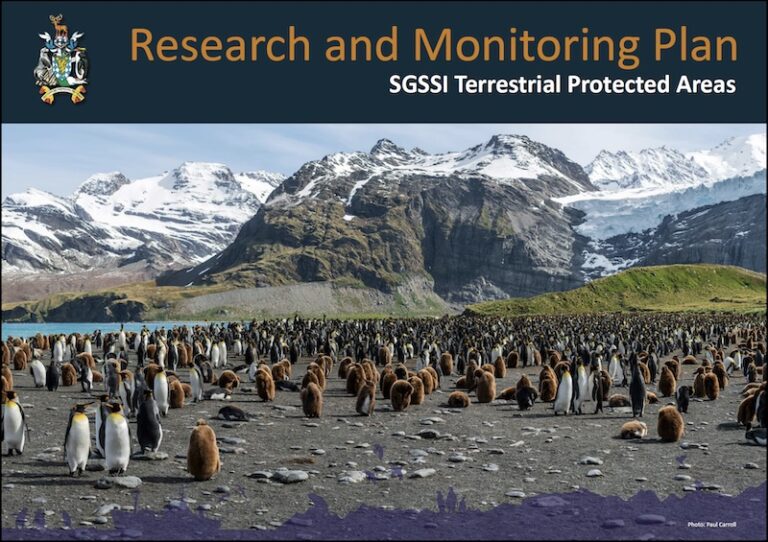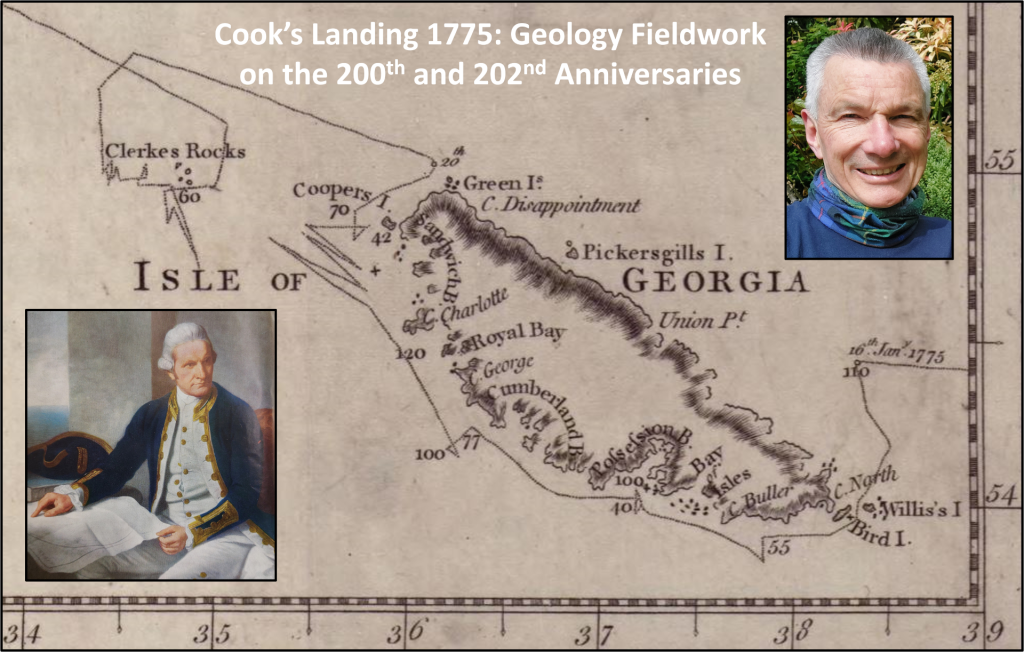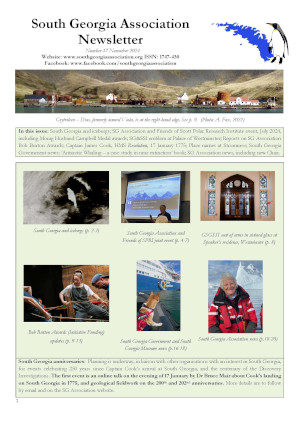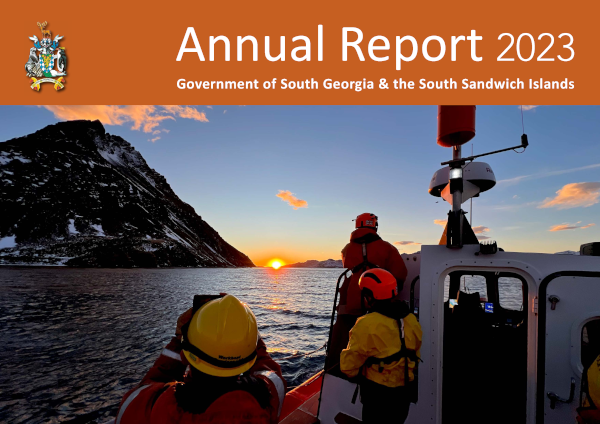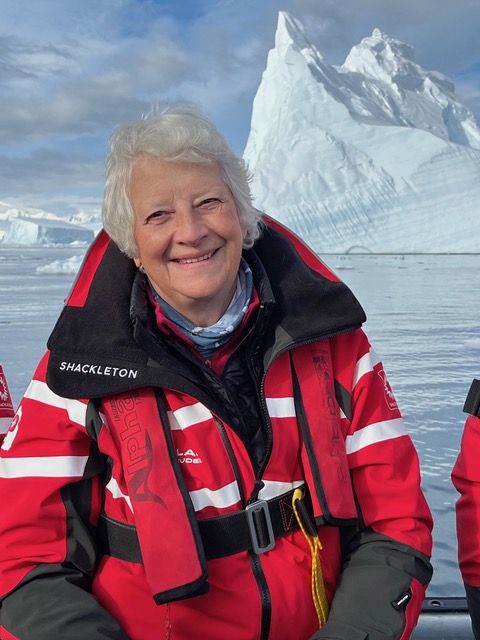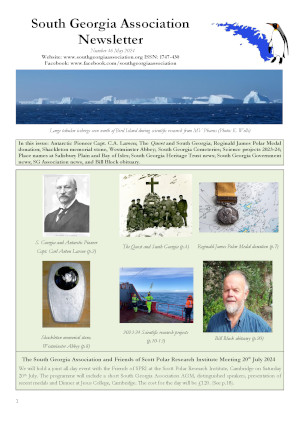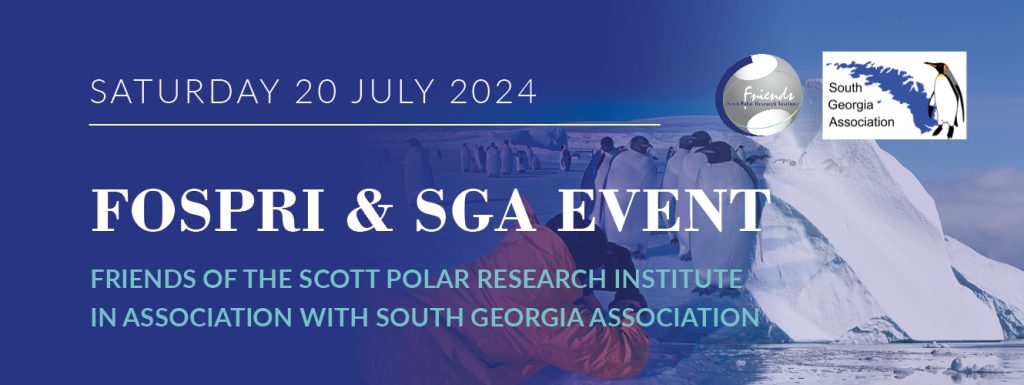The Committee of the South Georgia Association has appointed Mrs Philippa Foster Back CBE to be its new Chairman in succession to Professor David Drewry, who is retiring.
Mrs Foster Back has a distinguished career in finance and business and numerous Polar connections. She is currently Chairman of the Antarctic Place-names Committee and has formerly chaired the Friends of the Scott Polar Research Institute (FoSPRI), the UK Antarctic Heritage Trust and the South Georgia Heritage Trust. From 2001 to 2020 she was Director of the Institute of Business Ethics.
The President of the SGA, David Tatham, said: “We are delighted that Mrs Foster Back has agreed to become our new Chairman. She has a distinguished career in business and finance and many Antarctic connections. At the same time we are deeply grateful to Professor Drewry who has been our Chairman for fourteen years during which the activities of the Association have expanded considerably. He also saw us through the Covid years when our meetings and lectures had to go on-line.”
The handover will take place at a Committee meeting on 9 October 2024
